Thumb Pain from Texting - Causes, Treatment, Prevention
New research has shown that texting can cause minor to severe injuries and that smartphone users should be aware of the symptoms and the way to prevent and treat this aliment. Other names for the affliction are Blackberry thumb, Nintendo thumb, iPod thumb, text messaging thumb, repetitive thumb syndrome.
It is estimate that about 4 million mobile phone users in Britain reported suffering from texting-related injuries, with surveys showing that about 40% of users experienced sore wrists and thumbs from sending text messages.
The keyboard of smartphones and Personal Digital Assistants (PDAs) are so small that most people exclusively text with their thumbs. Unfortunately the thumb is known to be the least nimble part of the hand, which is forced into an unnatural position and involved in repetitive movements is strained causing soreness and injuries.
Unlike keyboards which are used for perhaps 8 hours a day at work many young people spend most of their day and night hours texting.
Surveys of American teenagers have shown that on average they send and receive about 100 messages a day and 2,300 text messages per month.
Some young people send hundreds of text messages every hour which is one very few minutes.
Because texting is relatively new there is little conclusive data on health and psychological effects. Texting can be a wonderful tool for keeping in touch and it offers expanded companionship and connectedness that many people cannot get in other ways.
However there are many negative effects apart from bullying as young people can get anxious that they are being excluded from their group, are not getting enough messages, or are constantly sending messages because they are craving attention.
Many people feel over exposed and compromised by having to share too much of their private lives.
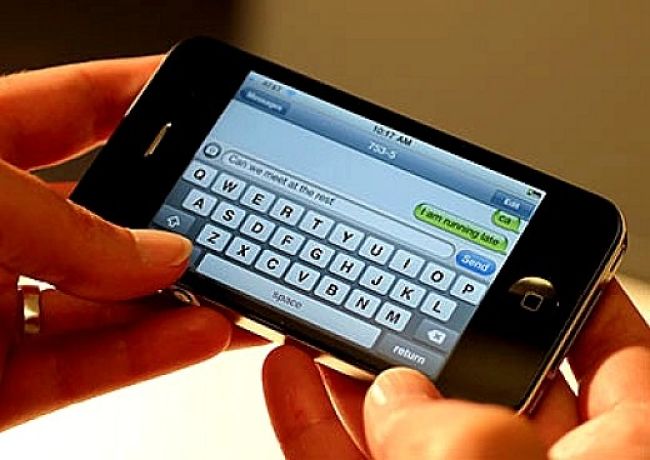
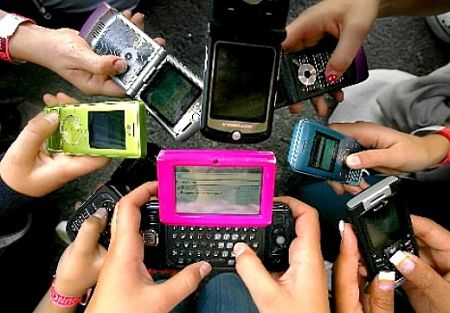
Repetitive Strain Injuries to the Thumbs
The tendons and muscles that support the movement of the thumb are very strong but are not designed for the intense repetitive texting activity in cramped positions that are required for handheld devices and smartphones.
Muscle fatigue, strain and prolonged muscle tension can lead to aches and pain in the muscles and tendons and may also affect the flexibility of the thumb. Over time, excessive repetitive use can also cause painful tendinitis (inflammation of the tendons) and also lead to premature arthritis due to wear on the joint.
Most of these ailments are relatively minor but can become serious if precautions are not taken. Medical treatment or even surgery may be required.
Symptoms
- Pain: At the base of the thumb which may continue to occur even when the thumb is not being used for texting
- Aches: In the wrist, thumb web area or in the base of thumb joint
- Muscle tension: In the area between the thumb and index finger
- Tendon Pain: Associated with particular movements and positions of the thumb
Treatment
For moderate or severe pain treatment may include wearing a splint, pain killers, applying ice packs to the affected area and prolonged rest. If the pain persists see a doctor who may inject cortisone into the thumb area or recommend other treatments.
Treatment for mild pain or warning signs of discomfort
- If you start to feel pain when stetting - Stop and rest.
- Use the other hand or make a voice call instead
- Vary the digits you use
- Vary the hand you use
- Don’t text for more than a few minutes without a break
- Don't write long messages
- Limit yourself to 'yes' or 'no' answers when you can
- Spread your activity throughout the day
- Cut back on the amount of stetting you do
- Undertake massage and gentle stretching to reducing muscle tension. Texting involves holding your thumbs in awkward and cramped positions. Gentle massage and stretching will improve flexibility and reduce the discomfort. Relieving the muscle tension means less strain on the tendons and less risk of developing painful tendinitis.
- Beware of the warning signs and undertaking one or more of the following exercises often helps.
Exercises for Relieving Pain from Texting
Rubber Band and Rubber Ball Exercises
Rubber ball and rubber band exercises are ideal for thumb pain caused by repetitive use, for typing, stetting, using a mouse or keyboard. These exercise relieve stress, stretch the muscles and tendons around the base joint and web of the thumb. See the images for examples.
The simplest rubber band exercise involves wrapping an elastic band around your index finger and thumb. Move them away in opposite directions and let the thumb and finger come back together ( apply about 20 repetitions).
For the next exercise, wrap a rubber band around both thumbs and place your palms onto a table or other flat surface. Flex your thumbs in opposite directions away from each other (apply about 20 repetitions).
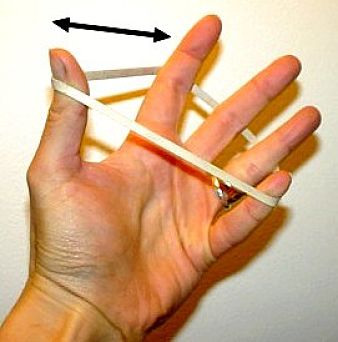
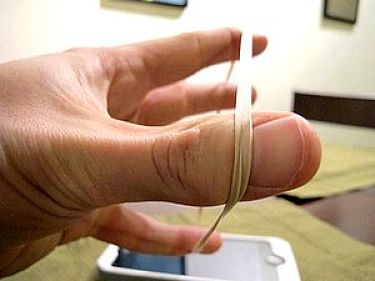

Thumb-Palm Exercise
To start, hold out your hand on its side, with the thumb and index finger on top. Keep your elbows bent. Next, move your thumb away from your palm until you feel a stretch or pull. Keep your thumb at the level of your index finger. Return the thumb to the palm and repeat.
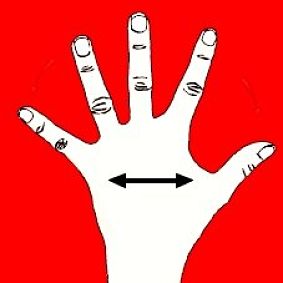
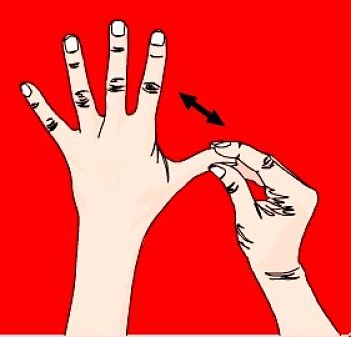

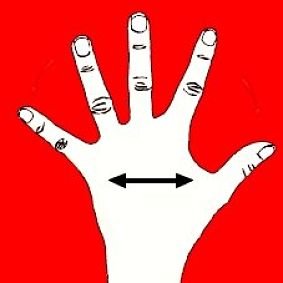
Right-angle Thumb Stretch
Position your hand so that your palm is facing inwards and your thumb is on top and your little finger at the bottom. Keep your fingers straight and lightly press them together. Grab your thumb with the fingers of your other hand to gently pull your thumb upwards and away from your fingers to stretch it to a position at right angles to your fingers. Hold the stretch for a few seconds and repeat three times on each hand. You can apply tension in the thumb to help strengthen the muscles.
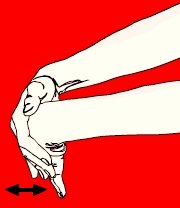
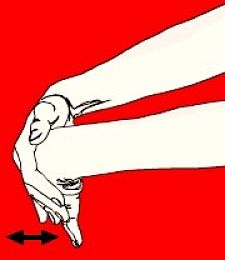
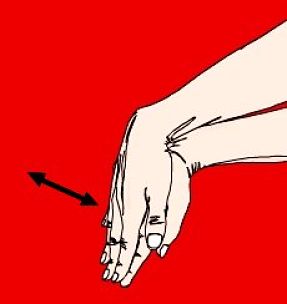
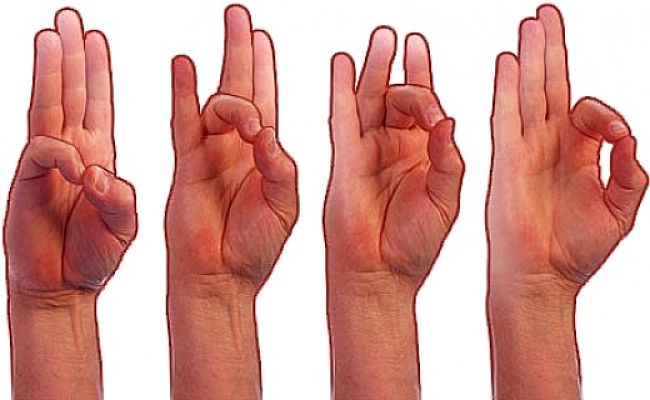
Texting Addiction and Psychological Impacts
Australian research studies have shown that some teenagers are becoming "text addicts" showing signs of addiction and other problems including insecurity, anxiety, depression and low self-esteem.
Jennie Carroll, from RMIT University in Melbourne has identified four disorders:
- textiety,
- textaphrenia,
- post-traumatic text disorder and
- binge texting.
Textaphrenia - Hearing texts or feeling mobile vibrate when it hasn't. Constantly checking mobile to see if a message has arrived.
Post-traumatic Text Disorder - Physical and mental injuries sustained while texting (like walking into poles) and feelings of depression when no one contacts them.
Textiety - Anxiety teens feel when they haven't received a text or are unable to send texts. They feel like they have no friends and also over-analysing why people don't reply.
Binge Texting - Sending lots of individual texts or group texts to engage as many responses as possible so they cam still feel like part of the group.
What Parents can Do to Help Their Children - Set ground rules about the use of their mobiles while they are at home and encourage communication at family outings and family meals.
WhatTeens can Do to Reduce Text Addiction - Better sense of self and healthy self-esteem. Stay active and establish regular face-to-face contact with friends and family.
Injuries Caused by Texting when Walking
Apart from the known and obvious dangers of texting while driving there are increasing numbers of other injuries caused by people being distracted when texting. This includes people running into things and having accidents as pedestrians. Distracted walking can lead to many accidents such as tripping over an unseen crack in the sidewalk, running into poles or posts, crashing into a parked or moving car. Sometimes these injuries can be serious and they are occurring more frequently according to hospital admission statistics.